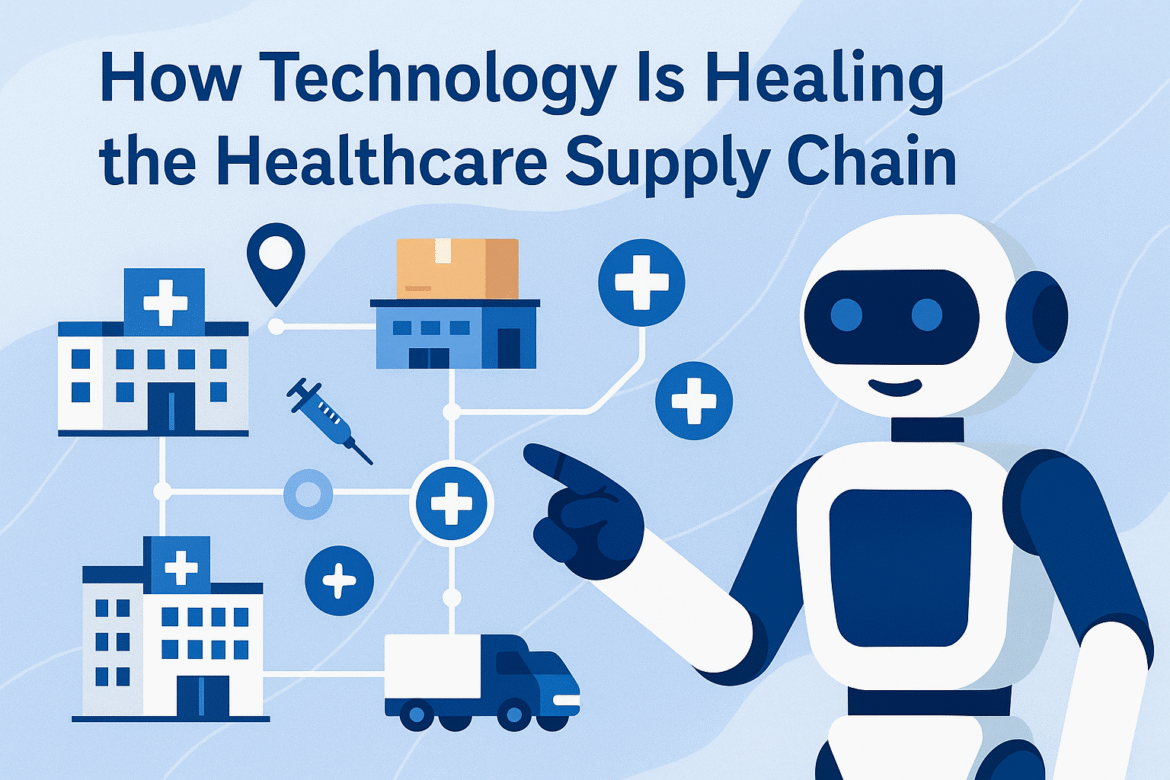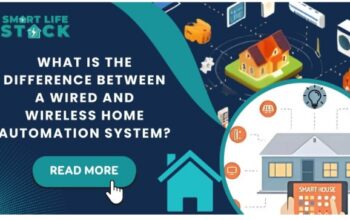The healthcare supply chain is one of the most complex systems in the world involving hospitals, manufacturers, distributors, and regulators, all working to ensure the right products reach the right patients at the right time. Yet, for decades, inefficiency, fragmentation, and lack of visibility have caused massive delays, product shortages, and higher costs.
Today, technology is rewriting that story. From automation to artificial intelligence (AI), healthcare supply chains are becoming smarter, more transparent, and more resilient than ever before.
The Challenges in Traditional Healthcare Supply Chains
Healthcare logistics face unique challenges that go beyond those of typical industries. Supply chain disruptions here don’t just impact revenue, they impact lives.
Some of the most common issues include:
- Limited visibility: Hospitals often don’t know where supplies are in real time.
- Manual tracking: Many organizations still rely on spreadsheets and outdated systems.
- Inventory waste: Overstocking and product expiry cost billions each year.
- Compliance complexity: Strict regulatory standards demand accurate documentation and traceability.
- Unpredictable demand: Emergencies and pandemics can cause sudden surges in demand that systems struggle to meet.
To address these challenges, healthcare organizations are now turning to advanced digital tools that connect data, automate workflows, and create real-time intelligence.
1. Digitalization and Real-Time Data
The foundation of a modern supply chain is data visibility. Technologies like IoT sensors, cloud computing, and RFID tracking allow hospitals and suppliers to monitor everything from shipment locations to storage conditions.
For instance, a pharmaceutical company can now track a vaccine shipment’s temperature throughout its journey, ensuring compliance and preventing spoilage. Hospitals can instantly see where critical supplies are, avoiding costly delays.
When this real-time data is centralized in a digital dashboard, decision-makers gain full visibility and can respond immediately to issues before they escalate.
2. Artificial Intelligence for Predictive Planning
AI is playing a transformative role in healthcare logistics. Traditional forecasting relies heavily on historical data and guesswork but AI goes much further.
By analyzing large datasets such as patient admission trends, local health data, and seasonal demand, AI models can predict future supply needs with remarkable accuracy. Hospitals can anticipate which products will be required weeks in advance, helping prevent both shortages and waste.
AI also helps suppliers optimize production and distribution schedules, balancing demand and supply across entire regions.
3. Blockchain for Transparency and Traceability
Trust and transparency are essential in healthcare. Blockchain technology — a secure, tamper-proof digital ledger — ensures that every transaction and movement in the supply chain is recorded and verifiable.
From the origin of raw materials to the final point of delivery, blockchain creates an immutable record. This is particularly valuable for pharmaceuticals, where counterfeit drugs remain a global threat.
With blockchain-enabled systems, healthcare providers can verify product authenticity, monitor expiration dates, and instantly trace any item back to its source.
4. Automation and Robotics in Warehousing
Automation is revolutionizing medical warehousing. Smart robots and automated storage systems now handle repetitive, labor-intensive tasks such as picking, packing, and labeling medical supplies.
This not only increases speed and accuracy but also reduces operational costs. With less manual handling, the risk of human error and contamination drops dramatically.
Robotic process automation (RPA) is also being used in administrative functions — automating purchase orders, updating inventory databases, and ensuring compliance documentation is always up to date.
5. Cloud-Based Collaboration
A cloud-based system enables seamless communication between all stakeholders in the supply chain from manufacturers to distributors to hospitals.
When everyone operates on a shared digital platform, data silos disappear. Suppliers can instantly share shipping updates, hospitals can send automated reorder requests, and regulatory agencies can monitor compliance in real time.
Cloud collaboration fosters agility and responsiveness — essential qualities for modern healthcare systems that must adapt quickly to changing patient needs.
6. Sustainable and Smart Logistics
Sustainability is becoming a key pillar of healthcare logistics. Smart technologies now help reduce waste and energy use while improving efficiency.
AI-driven route optimization reduces fuel consumption and carbon emissions by determining the shortest, most efficient delivery paths. Predictive analytics ensures that perishable items like blood and vaccines are distributed efficiently, minimizing waste.
By combining sustainability with efficiency, healthcare supply chains are becoming not just faster but greener.
7. The Rise of Digital Twins
Digital twins — virtual replicas of physical supply chains — are gaining popularity in healthcare.
These models allow organizations to simulate scenarios such as demand surges, equipment breakdowns, or delivery route changes before they happen. By testing responses in a virtual environment, hospitals can plan for real-world disruptions with greater confidence.
This proactive planning is one of the most powerful tools in building resilient healthcare systems for the future.
8. Improved Patient Outcomes Through Smarter Supply Chains
At its core, the purpose of supply chain transformation isn’t just cost reduction it’s better patient care.
When medicines, equipment, and diagnostics arrive on time and in perfect condition, clinicians can focus on what matters most: saving lives.
A streamlined, data-driven supply chain means fewer stockouts, reduced delays in surgeries or treatments, and more efficient use of resources.
Technology is bridging the gap between logistics and patient well-being — and that connection is the real measure of progress.
Conclusion
Technology is not just fixing inefficiencies in the healthcare supply chain; it’s healing the system itself. With innovations like AI, blockchain, automation, and digital twins, hospitals and suppliers are moving from fragmented operations to connected ecosystems that anticipate, adapt, and evolve.
The shift from reactive logistics to intelligent, predictive systems marks a new era for healthcare one where data, visibility, and collaboration drive every decision.
Behind this transformation are innovators who understand both the technology and the human impact it enables. Partnering with a trusted software development company in Canada, helps healthcare organizations design and deploy smart, scalable solutions that make their supply chains more efficient, transparent, and resilient — ultimately ensuring better care for every patient.




